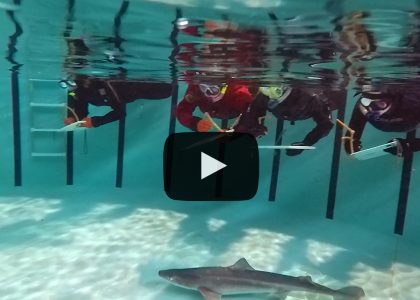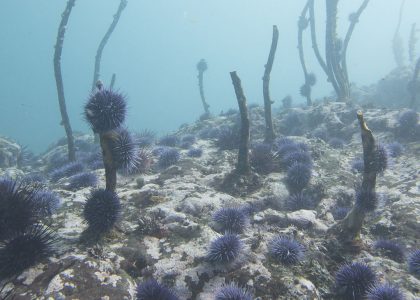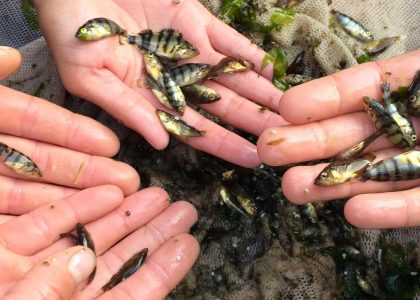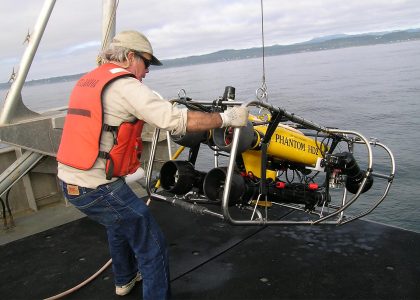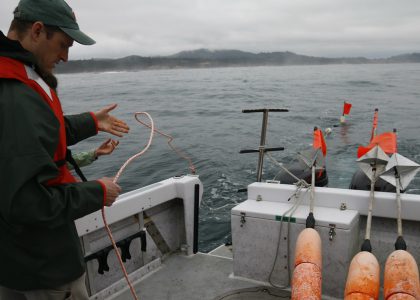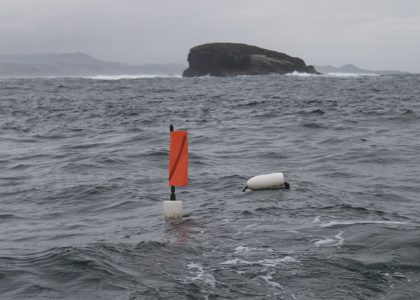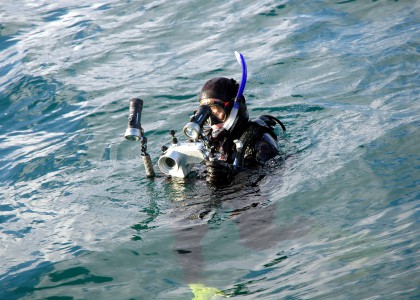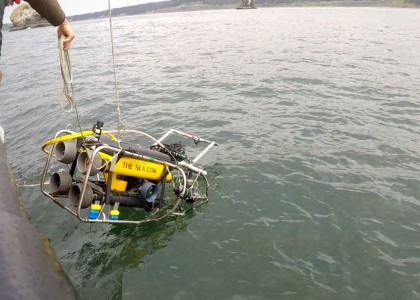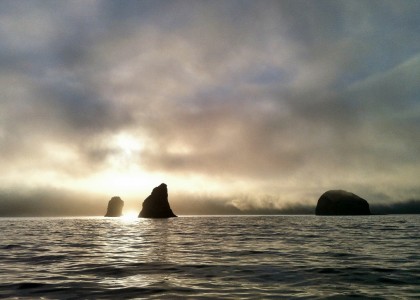
Returning to the Reserves
People’s experiences with the ocean – the smell of salt, the spray of waves, the rolling storms and the stunning calms — have a way of creating a sense of connectedness. Read more about our upcoming series that looks at different people’s sense of place and their different connections with the ocean. Read More
